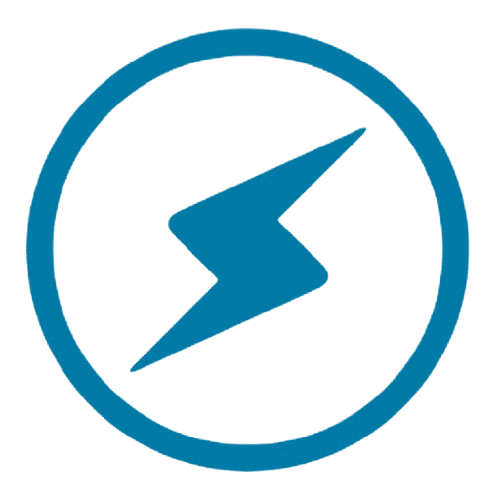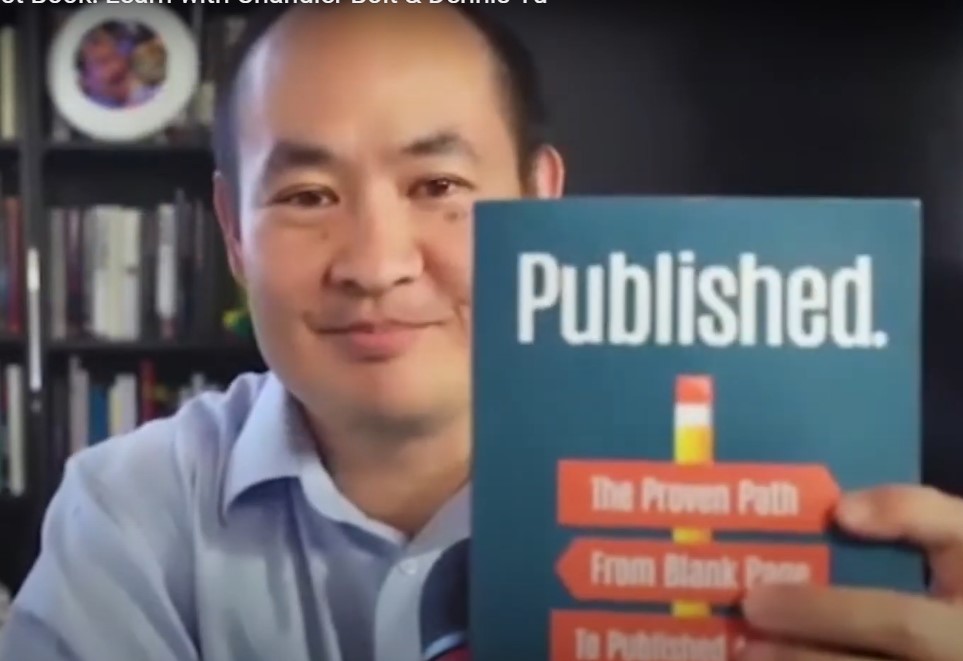
Publishing a book may seem daunting, but as I discovered with Chandler Bolt, the CEO and Founder of Self-Publishing School, it’s more achievable than you might think.
Whether you’re a digital marketer working with local businesses or a first-time writer looking to self-publish your manuscript, Chandler’s advice will guide you through every stage of the process.
If you’ve dreamed of writing a book, this guide will help you make that dream a reality.
Why Books Matter: Leveraged Impact
Books can transform lives—not just for readers, but for authors. Writing a book clarifies your ideas, and once published, it creates what Chandler calls “leveraged impact.” The effort put into writing continues to pay off, spreading your ideas and influencing people long after release.
Chandler emphasizes that books are more than just words on paper. They’re powerful tools that can impact a large audience; once you’ve written it, the book works for you.
“A book is a way to impact a huge number of people. You do the work once, and the book works for you,” Chandler explains.
Books offer opportunities to reach new readers, build your personal brand, and grow your business. Chandler’s approach focuses on using books strategically—not just as creative outlets but as tools for attracting leads, closing sales, and securing referrals.
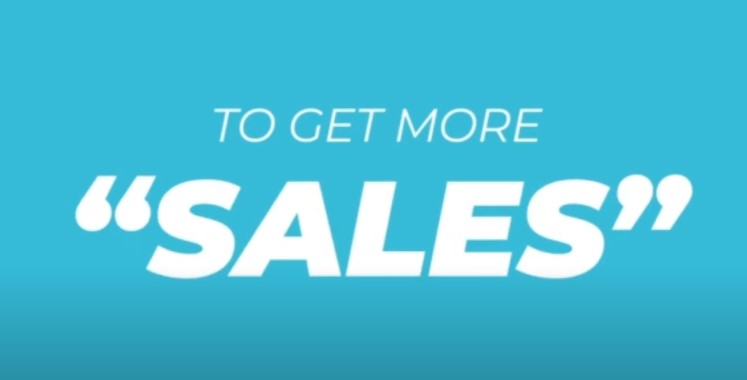

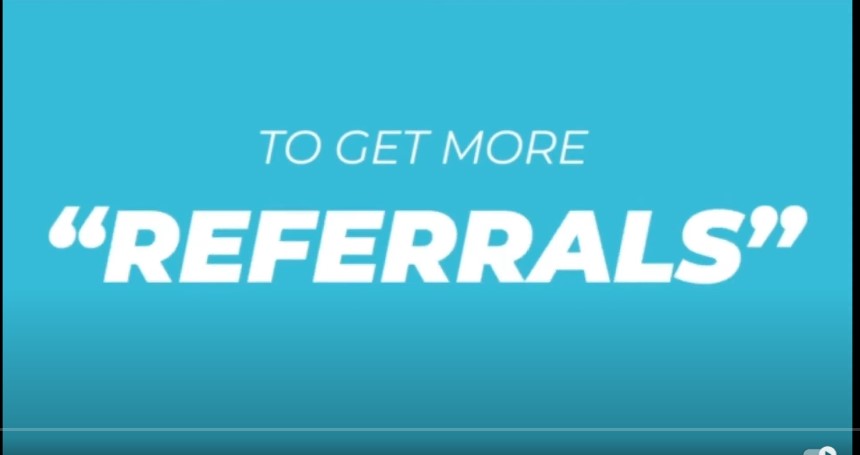
Message vs. Mechanism: Starting with Your “Why”
Chandler believes every author’s journey starts with a clear message.
“You’ve got your message, and then there’s the mechanism,” he says.
For many, the message is clear—they have something important they want to share with the world. However, choosing the right mechanism to deliver that message can be overwhelming. For Chandler, that mechanism turned out to be a book, though it wasn’t the obvious choice at first.
Chandler shares how, despite being a C-level English student and college dropout, he embraced writing to share his methodology with the world. His message mattered more than his medium.
This mindset led him to embrace writing and publishing as tools to crystallize his beliefs and share his methodology with the world.
Why a Book Builds Authority
Publishing a book is more than a marketing strategy; it’s a declaration of expertise. Chandler describes it as “planting your flag” and showing the world what you stand for.
“Writing a book forces you to clarify what you believe, and it becomes a way to impact a huge amount of people,” Chandler explains.
The concept of leveraged impact is central to Chandler’s philosophy. Once you’ve written and published a book, it continues to work for you, reaching readers and creating new opportunities for growth and recognition.
A book also establishes credibility, builds authority, and starts meaningful conversations. It’s a tool for networking, visibility, and driving business growth.
Here’s how Chandler recommended maximizing the impact of your book:
- Podcast Interviews: Use your book to land guest appearances, share expertise, and expand your reach.
- Media and PR: Pitch stories to media outlets to build credibility and gain press coverage.
- Speaking Engagements: Leverage your book to secure speaking opportunities and connect with larger audiences.
- Networking: Share your book as a networking tool to create industry connections.
By focusing on these strategies, you can make your book work harder for you and open doors that lead to more business opportunities.
Should You Create a Course First or Write a Book?
I asked Chandler a common question aspiring authors face: What if writing isn’t your strength? What if creating videos or courses feels more natural? His response was practical and encouraging.
He addressed the “chicken or the egg” dilemma: Should you create a course first or write a book? While there’s no universal answer, Chandler shared what worked for him—starting with a book. The book provided a high-level framework (the 10,000-foot view), which he then expanded into a course.
Chandler cited Ruth Sukup as an example. Her book How to Blog for Profit sold over 500,000 copies and became the foundation for her course-based business, Elite Blogging Academy.
For those who don’t consider writing their strength, Chandler’s advice is simple: play to your strengths. If writing comes naturally, write. If speaking is easier, speak. The process remains the same.
Here’s the step-by-step method he teaches at Self-Publishing School:
- Create a mind map for your book.
- Turn the mind map into an outline.
- For each chapter, repeat: mind map, outline, and create the content.
Writers can spend 45–90 minutes drafting each chapter. Speakers can record themselves speaking in 10-minute increments. The key is breaking the process into manageable steps and staying consistent.
As someone who creates a lot of content, I found Chandler’s method refreshingly simple and actionable. Whether you prefer writing or speaking, the important thing is to start where you’re strongest and build momentum.
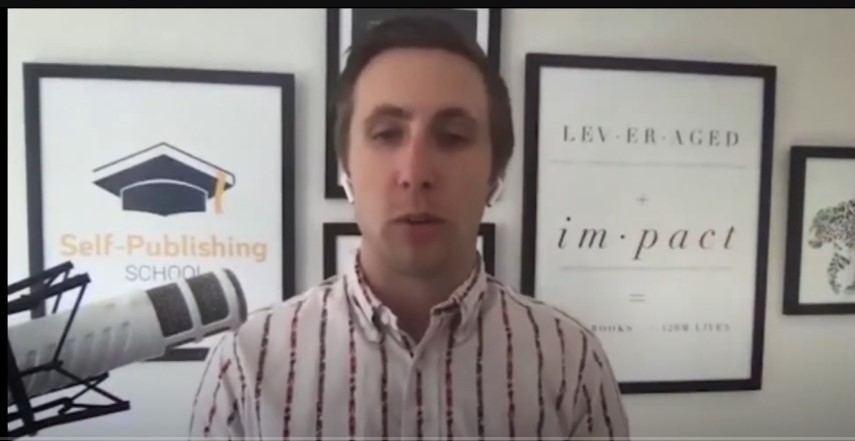

Turning Your Book Into a Course: A Seamless Transition
I was curious about turning a book into a course. Do the chapters naturally become the framework? Should exercises be built around them?
Chandler explained that this step is often overcomplicated. The book’s outline already provides a curriculum. From there, it’s about going deeper. While the book offers an overview, the course dives into specifics.
Some worry about repeating content, but Chandler has a simple philosophy:
If you give away your best stuff for free, people will pay you to hear it again.
He shared how handing out books at events leads to clients enrolling in Self-Publishing School. The book builds trust, while the course offers deeper engagement.
One critical tip Chandler shared is: sell, then build. Early in his career, he built a program no one wanted because he didn’t validate it first. Now, he launches courses with beta programs—offering a lower price and high-touch coaching.
This approach benefits everyone:
- Students get early access and personalized support.
- Chandler’s team gathers feedback to refine the course.
For example, Chandler’s team recently ran a beta program on PR and speaking for authors. Feedback from students helped optimize the curriculum before the official launch. By the time it went live, they had testimonials, proof of concept, and a polished product that delivered better results.
This iterative process ensures happier students and more effective courses—a win-win for everyone.
To see this process in action, here are examples of how I turned my book into a course:
Building an Audience When You Don’t Have One
Chandler explained that a book can be an unparalleled tool for building an audience. His first book helped him grow an email list of 4,000 subscribers, even without having a product to sell. The strategy is universal: a book serves not only as a product but also as a gateway to establishing connections and building presence.
In his early days, Chandler relied on scrappy, guerrilla marketing tactics. He hosted free webinars, personally reached out to Facebook friends to share his training, and built relationships with key strategic partners. In exchange for affiliate commissions, these partners promoted his webinar to their networks.
Chandler’s pitch was straightforward: “I don’t know if this will convert well, but I’ll deliver so much value that your audience will thank you for sending them.”
This grassroots effort created trust, momentum, and a growing network. Chandler emphasized that strategic partnerships when executed well, can be transformative. While his business now leverages paid media like Facebook ads, its foundation was built on relationships, creativity, and delivering value.
The takeaway: start small, leverage your connections, and prioritize giving value to grow organically.

The Relationship Angle vs. The Expert Angle
What if you’re not an expert but excel at building relationships? Can you succeed by connecting people and curating knowledge instead of being the expert? Chandler’s answer: absolutely. He explained that you only need to know more than the person you’re teaching.
Often, people undervalue the expertise they take for granted. The key is to recognize the value in what you’re already doing—the things you repeatedly explain or share with others.
If your strength lies in relationships, you can create massive value by bringing experts together, curating their insights, and packaging their knowledge to help others. Being a connector can be as impactful as being an expert.
The key is identifying the gap between what you know and what others want to learn—that’s where opportunities lie.
Overcoming Imposter Syndrome to Write Your Book
Chandler addressed imposter syndrome and its impact on aspiring authors. He believes most people feel unqualified not because they lack knowledge but because of self-doubt. If you know more than a handful of people on a topic, you’re already qualified to teach or write about it.
Even without being the ultimate expert, you can still add value by being a conduit—gathering and sharing knowledge in an accessible way.
A friend once asked Chandler if everyone should write a book. Initially, he said no, but his friend’s perspective shifted his view: imagine having a book written by your grandfather, capturing decades of wisdom and life lessons.
A book isn’t just for today; it’s a legacy that can outlive you and be passed down to future generations. Chandler’s advice: weigh the fear of imposter syndrome against the opportunity to create a lasting impact. Push past doubts and write. Your unique perspective matters.
Writing a Book as a Young Adult with Limited Experience
Chandler shared how he wrote his first book at 19, after dropping out of college. Despite limited experience, he focused on his success in running a painting company through a student internship program. As the top performer nationally in his first year, he trained others and distilled his insights into a book on productivity for entrepreneurs. What began as a PDF for friends became a published book on Amazon that gained traction through targeted marketing.
Chandler emphasized that you don’t need decades of experience to write a book. Often, people relate more to someone like you—someone they can connect with. If you feel underqualified, take six months to a year to master a specific skill. That focused effort will provide enough valuable insights to write a meaningful book that resonates with your audience.
Building a Personal Brand
Chandler noted that building a personal brand is about delivering genuine value, not superficial marketing tactics. Early in his career, he prioritized getting results and building trust through action rather than traditional branding. Over time, however, he recognized the importance of branding and chose to use his real name to foster personal connections.
As his company grew, Chandler transitioned from being the sole face of the brand to focusing on scaling the business. This approach mirrors Ryan Deiss’s transition with Digital Marketer—from a personal brand to a company-focused brand. Chandler advises balancing personal branding with the broader business. A strong personal brand is an asset but shouldn’t become a limitation that ties you entirely to the business.
Scaling from Personal Brand to Company Brand
To scale, Chandler moved beyond being the face of everything, focusing instead on building systems, processes, and teams to sustain the business without him. He created content addressing common challenges entrepreneurs face, such as hiring employees, setting KPIs, and creating job scorecards. This content scaled his impact while supporting entrepreneurs and their teams.
Effective scaling requires three key elements:
- Systems: Standardized processes that serve as the company’s playbook.
- Rhythms: Accountability structures, such as regular check-ins, to keep everyone aligned.
- KPIs: Clear performance indicators for each team member to measure success.
These elements only succeed with the right talent. Strong processes attract and retain top performers, while mentorship and training motivate employees to excel. Chandler believes that investing in people and systems builds enduring businesses that outlast their founders, creating long-term value and sustainability.
Developing People, Processes, and Systems
Building a successful business starts with strong leadership. It’s essential to develop your own leadership skills while fostering leadership within your team. Key practices include creating a job scorecard before hiring, establishing structured meeting rhythms such as daily huddles and one-on-ones, and setting clear KPIs for every role. Quarterly off-sites, like strategy retreats or book clubs, can further enhance team leadership growth.
Leadership directly impacts a company’s success. Chandler consistently works on improving his leadership abilities and supporting his team’s development. This involves observing team dynamics, identifying bottlenecks, and effectively managing stress points.
For instance, during a recent virtual offsite, Chandler’s team shared their top concerns for the next 90 days and expressed appreciation for one another. This exercise broke down barriers, strengthened personal connections, and refocused the team on their primary goals: serving customers and achieving collective success. Leadership is a continuous journey but remains the core driver of growth.
Common Mistakes When Publishing Your First Book
One of the biggest mistakes first-time authors make is neglecting to finish their rough draft. Completing the draft is essential—it’s the turning point that validates the process and makes the goal of publishing tangible.
Chandler advises focusing on the sales process only after the draft is finished. Write with a specific person in mind, tailoring your book as a solution to their problem. This targeted approach ensures the content resonates deeply with your intended audience.
For the launch, Chandler recommends building anticipation before the book’s release. Share behind-the-scenes updates, such as writing sessions or cover design drafts, and involve your audience by asking for feedback. This engagement generates excitement and lays the groundwork for a successful book launch.
Setting Realistic Expectations for Publishing and Marketing a Book
Setting realistic expectations is crucial in the book publishing process. Hitting the New York Times bestseller list or selling a million copies overnight is unlikely, as the New York Times list is based on editorial decisions, not just sales. Instead, aim for achievements like the USA Today or Wall Street Journal lists, which rely on actual sales data.
Understanding the costs, time commitment, and effort involved in publishing and marketing a book is essential. Being honest about these challenges upfront helps avoid disappointment and fosters trust in the process.
Using a Book to Build Authority and Drive Business
Publishing a book is a powerful tool for building authority. Once published, integrate it into your marketing strategy by sending copies to ideal clients to spark conversations and establish credibility.
A book acts as a “Trojan horse,” opening doors to potential business opportunities and making you stand out in a competitive market. It also encourages referrals, as satisfied readers share your book with others, amplifying your reach.
Scaling Businesses and the Future of Books
Scaling a company is a critical topic often overlooked. While books are a significant part of Chandler’s expertise, his true passion lies in using them to build and scale businesses. Books remain a timeless medium, even as digital formats like Kindle gain popularity. Physical book sales continue to grow, proving their lasting relevance.
Books excel as conversation starters, even if many readers don’t finish them—statistically, only about 20% of books started are completed. For business owners, this is not a setback as long as the book serves its purpose of initiating engagement. Including lead capture early in the book ensures ongoing interaction and helps drive your business forward.
How to Transition from Solopreneur to Manager
When starting out as a solopreneur, it often feels like you must do everything yourself. However, scaling requires moving beyond a one-person operation, learning to manage a team, and building effective systems and processes.
Chandler credits his management skills to reading key leadership books like Extreme Ownership and The One-Minute Manager. Extreme Ownership instilled the lesson that “there’s no such thing as a bad team, only bad leaders,” a mindset shift that proved transformative. The One-Minute Manager offered practical, actionable leadership tools in a concise, digestible format.
For hiring, Chandler recommends Who: The A–Method for Hiring, which outlines the Four S’s of hiring:
- Create a job scorecard.
- Source top candidates.
- Select the best fit.
- Sell them on the role.
Chandler emphasizes that selling top candidates on your vision and culture is worth the effort if they’re the right fit.
An important lesson Chandler embraced is the value of fast failure. At Self-Publishing School, one core value is to “fail fast, fail forward, fail often.” This philosophy fosters quick learning, adaptation, and continuous improvement.
The Magic of Books: More Than Just Words
When I picked up Chandler’s book, Published, I expected a quick read. Instead, I found myself pausing frequently to take notes and reflect on how I needed to rethink my approach to writing, planning, and organizing. Over two flights, I finished the book, realizing how impactful it was compared to other mediums like podcasts, blogs, or webinars. This book wasn’t just information—it was a blueprint.
Chandler’s perspective on books resonated deeply. He describes books as “$15 mentors.”
“The smartest, most successful people on the planet have taken years to crystallize their best ideas into a book. For $15 and a few hours of your life, you can learn from them.”
Books, Chandler believes, are a systematic way to learn. Whenever he tackles a new subject, he turns to books and audiobooks as his primary resources—a simple yet highly effective approach.
Books offer more than just knowledge; they encourage reflection and application in ways no other medium can. For me, Published wasn’t just a book—it was a mentor, helping me rethink and restructure my approach to work and writing.
If you’re ready to take the first step toward writing your book, don’t overthink it—start today. We’ve got a free course to guide you. Ready to make your dream a reality?
Check it out:
How to Write an E-book in 2 Weeks, by Dennis Yu & Warren Whitlock: FREE Book Download
Why Books Build Authority And How AI Can Help (Office Hours) – Content Factory Academy
